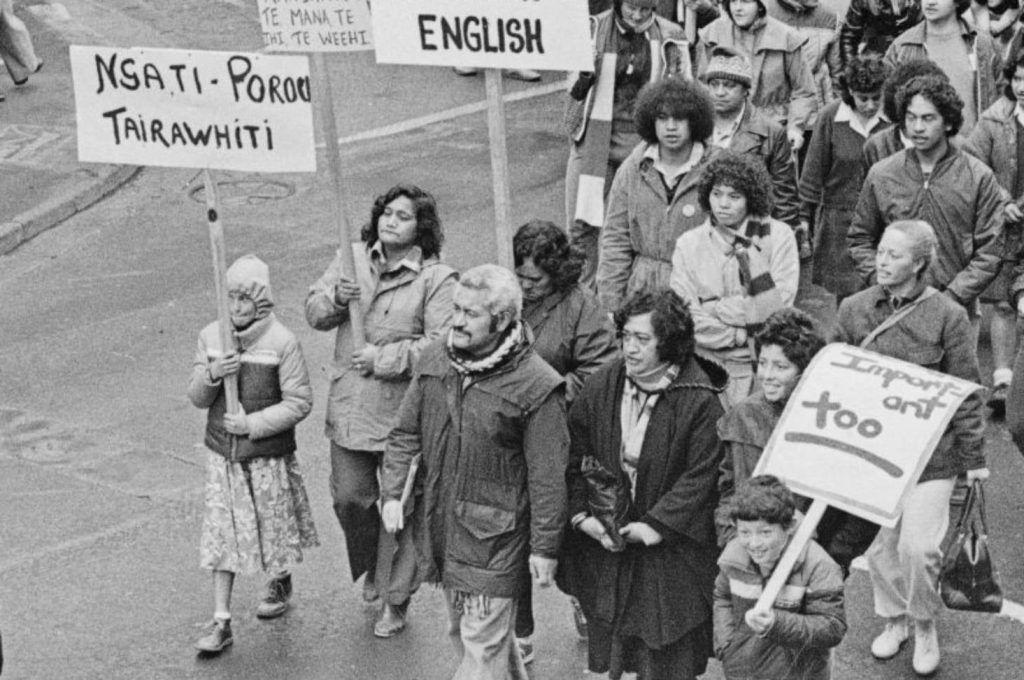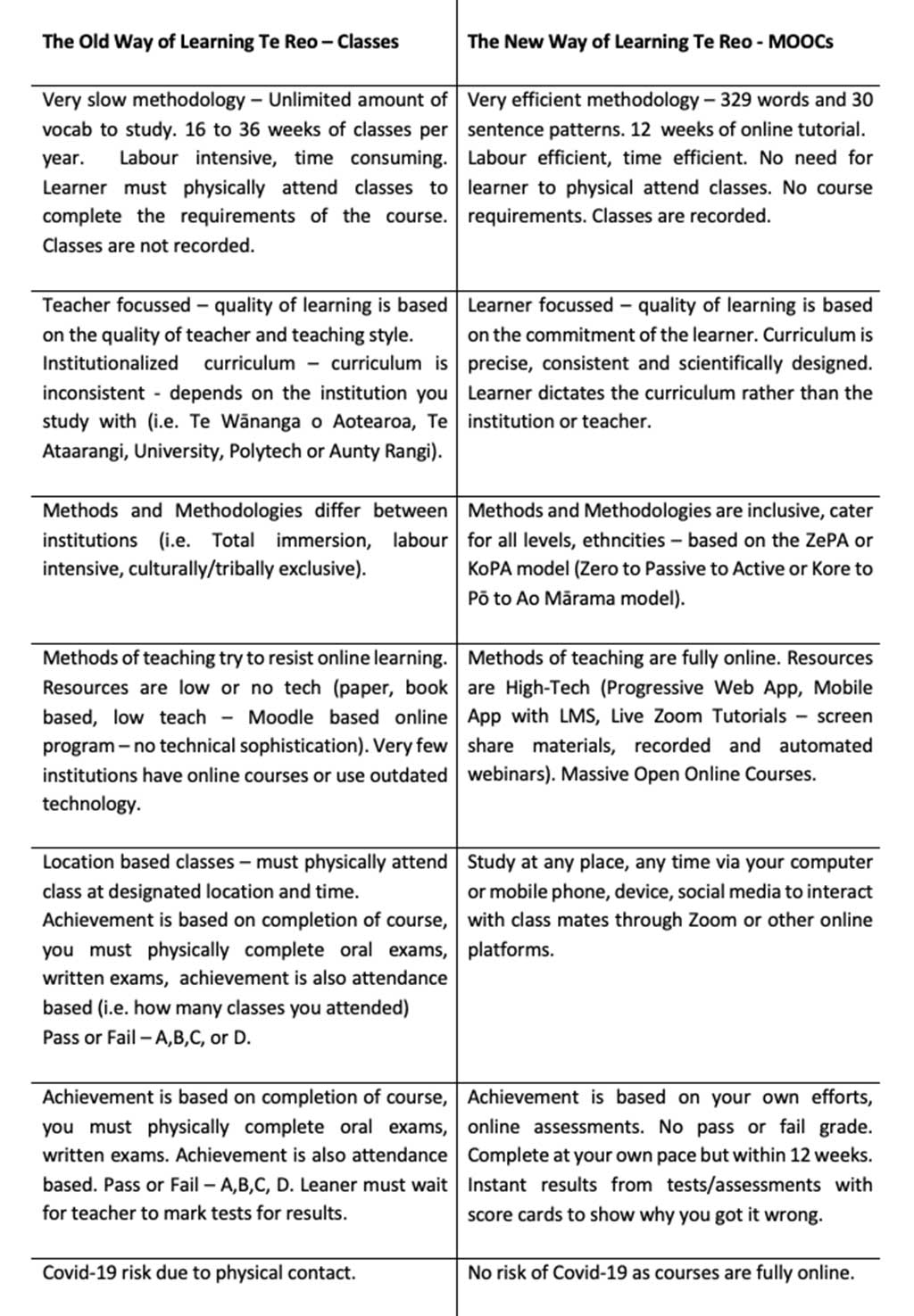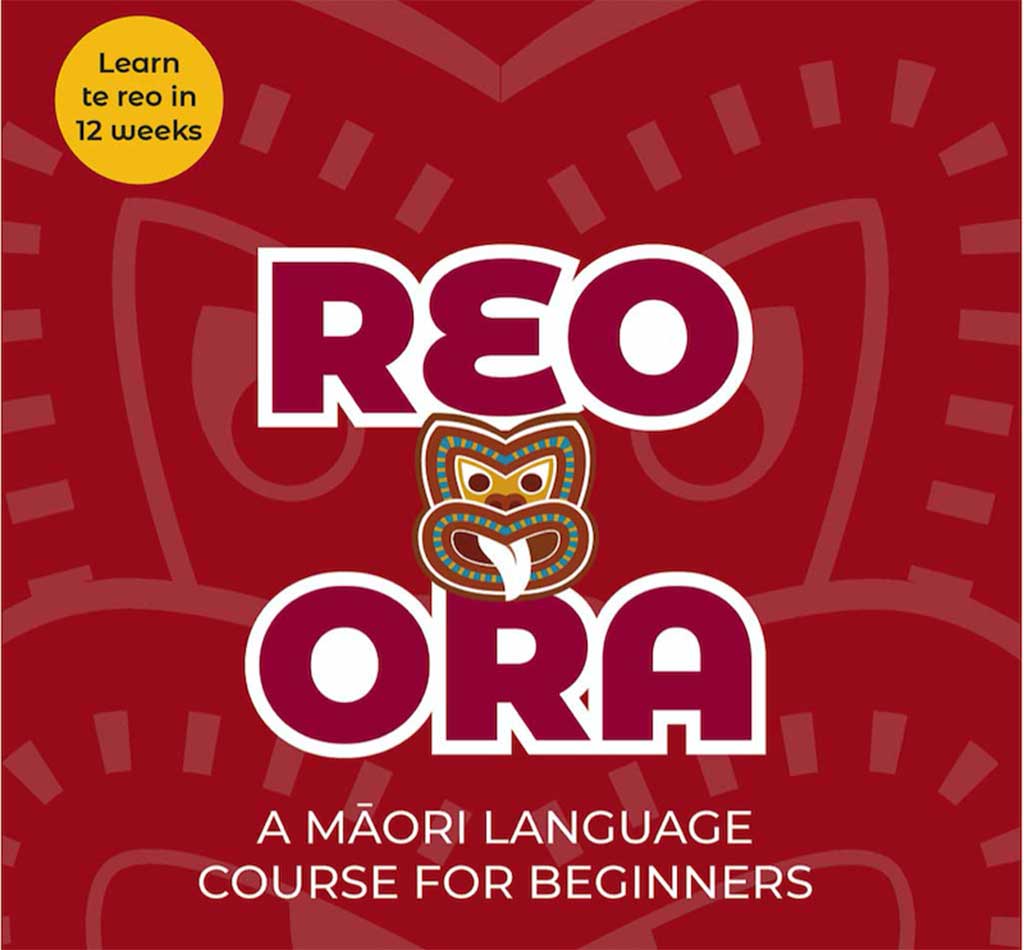
07 Sep Māori Language Week and the Future of the Māori Language
September 14, 2020, marks the beginning of “Te Wiki o Te Reo Māori – Māori Language Week”. Māori language week came about as a result of protests by Māori language activists in the 1970s who marched to the steps of parliament and presented a petition to have the language recognised by law, as an official language of New Zealand. This led to the emergence of total immersion language schools like kōhanga reo and kura kaupapa Māori and the establishment of the Māori Language Act 1987 which made Te Reo an official language of New Zealand. Successive Governments have recognised te reo Māori as a taonga and an official language of New Zealand.
According to the Chief Executive of the Ministry of Education, Kiritina Johnstone: “The Ministry of Education shares responsibility with other government agencies for the Maihi Karauna, which sets out a vision for the future of te reo Māori. This means creating the conditions across the education sector for te reo Māori to be learnt, and access to quality teaching and learning of te reo Māori”. So, how do we create the conditions to allow all New Zealanders to access quality learning of te reo Māori? What are the strategies to provide guidance on how we can all make a positive difference for those learning te reo Māori? First, let’s examine the current Māori language strategies that the government have introduced and then review the two ways we can achieve these goals of revitalising the language by comparing the old way of learning to the new way of learning.
The Government’s Māori Language Strategy – One million speakers of Te Reo by 2040?
In April 2016, Te Ture mō te Reo Māori (The Māori Language Act) 2016, was enacted with an overwhelming majority in Parliament. Under this Act, a new public policy was developed called Te Whare o Te Reo Mauri Ora which means “The House of the Living Language”. This new policy acknowledges the distinctive and complementary roles that both the New Zealand Government and iwi/Māori have created for the revitalisation of Māori language over the next 20 years.
Te Whare o Te Reo Mauri Ora uses the metaphor of a Māori meeting house to explain its strategy to revitalise the Māori language by 2040. On either side of the meeting house are two maihi (barge boards) which symbolise the Maihi Māori(iwi/Māori) and the Maihi Karauna (Crown). The Maihi Māori strategy represents the goals of the tangata whenua of Aotearoa to revitalise the Māori language and the Maihi Karauna strategy represents the Crown’s strategy to revitalise the Māori language (insert diagram of the house).
The audacious goals of the Maihi Māori strategy, between 2017 and 2040 are:
“One million people or more will be using Māori language in community immersion domains.”
“The Māori language will be the first language of 25% of all Māori children (aged between 0-7)”
The audacious goals of the Maihi Karauna strategy between 2017 and 2040 are:
“85% of New Zealanders (or more) will value te reo Māori as a key part of national identity.”
“One million New Zealanders (or more) can speak at least basic te reo Māori”
“150,000 Māori aged between 15 and over will use te reo Māori as much as English.“

He pātai āku – My questions are: How realistic are these goals? Are these goals achievable by the year 2040? Let’s look at the two ways we can achieve these goals by comparing the old ways of learning Te Reo to the new ways of learning Te Reo in the twenty-first century. The old way of learning may involve anything from attending classes at universities, wānanga, polytechnics, Te Ātaarangi or even attending Aunty Rangi’s reo class on a Tuesday. The new way of learning in the 21st century involves MOOCs. To find out what MOOCs are, read more.

The Future of Te Reo Māori and MOOCs.
Let’s discuss how emerging technologies and MOOCs are transforming the way we learn and how these technologies may help revitalise languages, such as Te Reo Māori. What are MOOCs? MOOCs are Massive Open Online Courses (MOOCs) which is a new model for delivering learning content online to any person who wants to take a course, with no limit on attendance. MOOCs provide a flexible way to learn new skills and deliver quality educational experiences, online and at scale. MOOCs can bring knowledge to people who may not have access otherwise to learning a new skill or language. MOOCs is a useful form of online learning and can significantly complement traditional ways of learning a language, such as Te Reo Māori.
What are the pros and cons of learning via MOOCs? There are four main criticisms of MOOCs as a way of learning.
-
- MOOCs cannot provide personalized courseware and attention from a tutor.
- MOOCs make it difficult to keep track of students’ assignments and involvement.
- Language can be a barrier while offering MOOCs.
- Leaners with poor internet connection cannot use MOOCs.
Let’s deal with these four criticisms of MOOCs by using the example of our new MOOCs model for learning Te Reo Māori with www.reoora.com.
-
- Reo Ora can and does provide personalized courseware for learning Te Reo with a comprehensive curriculum, method and eBook to teach the language in 12 weeks. Our VIP program provides an expert tutor who teaches online classes online, for 2 hours per week, for 12 weeks.
- Reo Ora has created a Progressive Web App which contains an in-built Learning Management System to keep track of student’s assignments, progress and an automated marking system where students do their assignments and tests online and receive their results with feedback, instantly.
- Reo Ora overcomes the language barrier as it is completely bi-lingual (English and Māori) and allows native speakers of English to learn Māori through grammatical and practical exercises, assessments in both English and Māori.
- While it is true that learners with poor internet connection cannot use MOOCS, the speed and access to the internet has improved so much now, with 5G and FREE Wifi access available to learners, at different locations, that this is no longer a real problem.
So, why is there so much resistance among many Māori people in New Zealand to learning Te Reo online? In my experience as a Māori language teacher with a passion for technology I have encountered both positive and negative reactions from Māori people in particular to learning Te Reo online. Much of the negative reactions have come from the older generation who are fearful of technology taking over the world. The reality of the world we live in now is that the internet is a vital part of our everyday lives and our communications with each other. So why fight it? Rather than focus on the negative perceptions of online learning I prefer to focus on the positive aspects and how these new technologies can greatly benefit the revitalisation of Te Reo in the 21st century. Why fight technology? Why not embrace it and create new ways of learning Te Reo that do not rely on the old ways of learning. As we say in Māori: “Ka pū te rūhā, ka hao te rangatahi”. My own interpretation of this proverb is” Out with the old way and in with the new way”. Having said that, let’s explain how our new way of learning Te Reo works and how it has transformed the lives of many people who have struggled to learn the language.

The Top Features of our Massive Open Online Courses – Reo Ora
To actually watch a video of the top features of our App click on this link … However, for those who prefer the traditional way, let me explain in writing, what are the top features of our Māori language MOOCs model – Reo Ora. For a start, this program has often been misconstrued, misunderstood as just another cheap scam APP, like many of those on the internet. However, this is not just another cheap scam APP. Reo Ora is an authentic, holistic, online course which includes a comprehensive 174 page textbook/eBook, a progressive web app with state of the art technology imbedded into its functionality and live online classes with real students and a skilled expert teacher or kaiwawao reo (language coach). This MOOCs has been developed through over 25 years of teaching and IT development. So, what are the top 5 features of our Reo Ora MOOCs?
-
- Whitiāhua. Video tutorials. Over 80 pre-recorded video tutorial lessons with grammatical explanations of Māori language phrases, sentence patterns and everyday conversational pieces.
- Tukanga Poto. The Shortcut Method. A formalaic method of learning the 329 words and 30 sentences patterns that will enable you to hold a basic conversation, in 12 weeks.
- Cartoons. Total immersion Māori language cartoons which teach conversational everyday kōrero in real life contexts.
- Hopu-Kōrero. Audio Transcription Function. A unique software function which allows one to practice saying words and phrases and assesses your pronunciation through by transcribing your kōrero into Māori.
- Aromatawai-ā-tuihono. Online Assessements with instant results. There are over 50 quizzes and assessments which test your translation skills from English to Māori and Māori to English. A unique software function which gives you a score instantly and a report about your assessments which explains why you may have got the answer wrong.
- Ākoranga-ā-Tuihono. Live Online Classes with Expert Tutors. For those who opt for the VIP program we provide 2 hours of live classes with a skilled tutor who will teach you the 329 words and 30 sentences you need to know to speak Māori in 12 weeks.
Since the Covid-19 pandemic a crisis has emerged in the education sector which means that the new way of learning, using Massive Open Online Courses or MOOCs are the safest and most time-efficient, labour-efficient and affordable way to learn. So, if you are serious about learning Te Reo then check out our Reo Ora Massive Open Online Courses at Reo Ora. As stated previously, the old way of learning Te Reo will soon be a thing of the past and the new way of learning Te Reo, with MOOCs, is the way of the future. September 14-20 is Māori Language Week and as part of our celebrations, Reo Ora are offering a FREE webinar to those who are interested in learning Te Reo Māori, the new way… Nō reira, kāti i konei, ko te reo te mauri o te mana Māori. The language is the life essence of Māori prestige.
